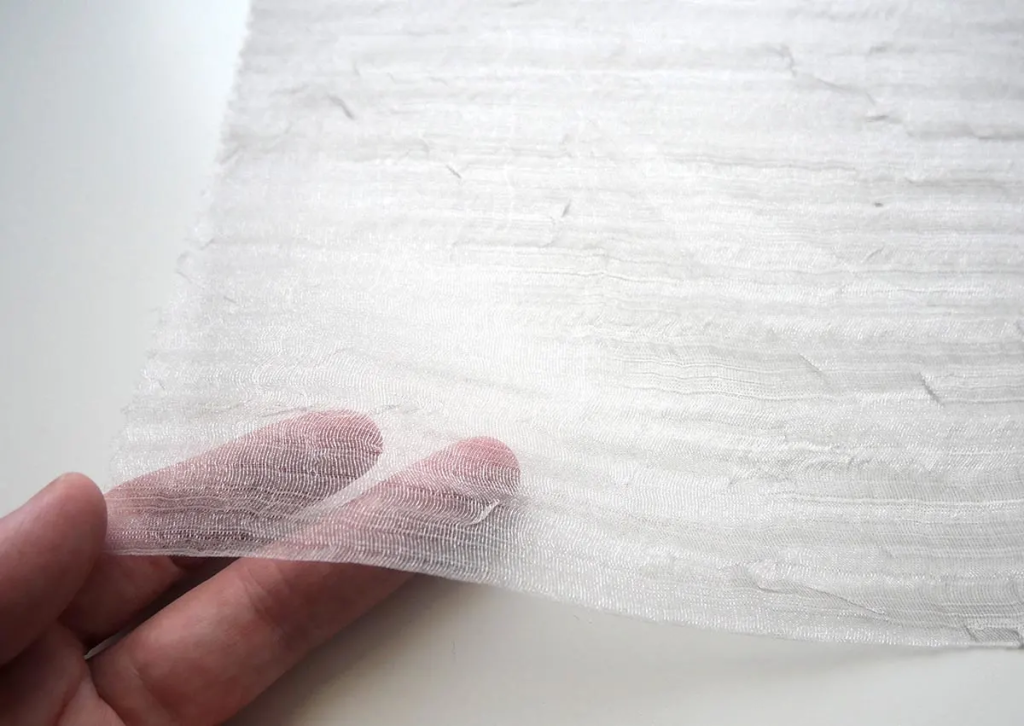Interfacing fabric is a vital yet frequently overlooked aspect on earth of sewing and outfit construction. It acts as an essential backing, giving design and support to fabrics, especially the ones that may possibly absence the mandatory weight or firmness for certain projects. Whether you’re developing a designed blazer, a sensitive blouse, or perhaps a quilted masterpiece, interfacing represents a pivotal role in elevating the general quality and durability of the completed piece.
Among the principal functions of interfacing is to stop fabrics from extending or distorting through the stitching process. That is particularly crucial whenever using lightweight or fine products, ensuring that the final dress keeps their supposed shape. Interfacing could be applied to numerous places such as for example collars, cuffs, and plackets, reinforcing these portions for included stability.
Interfacing will come in various forms, including fusible and sew-in varieties. Fusible interfacing is used by ironing, creating a connection between the interfacing and the cloth when heat is applied. Sew-in interfacing, on the other give, is attached into the garment. The option between the two depends upon the task requirements, material form, and particular preference. Each type of interfacing has their benefits, offering flexibility in application based on the ideal outcome.
When selecting interfacing, criteria such as weight, fiber content, and the supposed utilization of the garment come into play. For lightweight textiles, a lightweight interfacing is recommended in order to avoid adding unwanted majority, while weightier fabrics might need a tougher interfacing to supply ample support. Moreover, interfacing are available in various fibre compositions, including cotton, cotton, and blends, permitting compatibility with a wide variety of fabrics.
Interfacing extends beyond the realm of apparel, locating programs in quilting and home design projects. In quilting, interfacing can be utilized to stabilize fabric for complicated designs or to add dimension to particular elements. When incorporated into house design things like drapes or pillowcases, interfacing plays a role in the endurance and qualified finish of the last product.
Understanding the nuances of interfacing software is essential for achieving professional effects in stitching projects. The approach requires careful chopping and place to ensure the interfacing gives support wherever it’s needed without being apparent from the outside. Correct software effects in a garment that not only seems finished but in addition maintains their shape and design around time.
Interfacing is just a flexible software that enables for Interfacing Fabric term in dress construction. Beyond their sensible operates, it can be strategically used to try out finishes, add ornamental components, or build special design features. The hidden character of interfacing belies their significant impact on the entire aesthetic and longevity of the completed bit, rendering it a behind-the-scenes hero in the artwork of sewing.

To conclude, interfacing material is a quiet hero on earth of sewing, offering vital help and structure to garments and projects. Their position in stabilizing materials, avoiding distortion, and increasing overall quality cannot be overstated. Whether you’re an experienced seamstress or a newcomer, understanding the varied applications and kinds of interfacing starts up a full world of opportunities for elevating your stitching projects to new heights.
